Are you a fair-skinned beauty who’s wondering how to pick the right contour shade for your complexion? Whether you’re a makeup novice or just want to refresh your beauty routine, we get it – finding the perfect contour color can be confusing. But there’s no need to worry! Finding and using the correct shade of contour is simple once you understand which tones complement lighter skin tones best. From understanding undertone differences to figuring out what brush is necessary for perfectly blended results.
Contouring is a great option if you want to add definition and create dimension to your face. If you have fair skin, however, finding the right contour shade that looks natural can be tricky! Fortunately, with some tips and tricks on how to choose the perfect shade for your complexion, you will soon master the art of contouring with ease. Here we’ll give you an insight into how to choose contour shade for fair skin so that everyone around is asking what kind of makeup artist did your look!
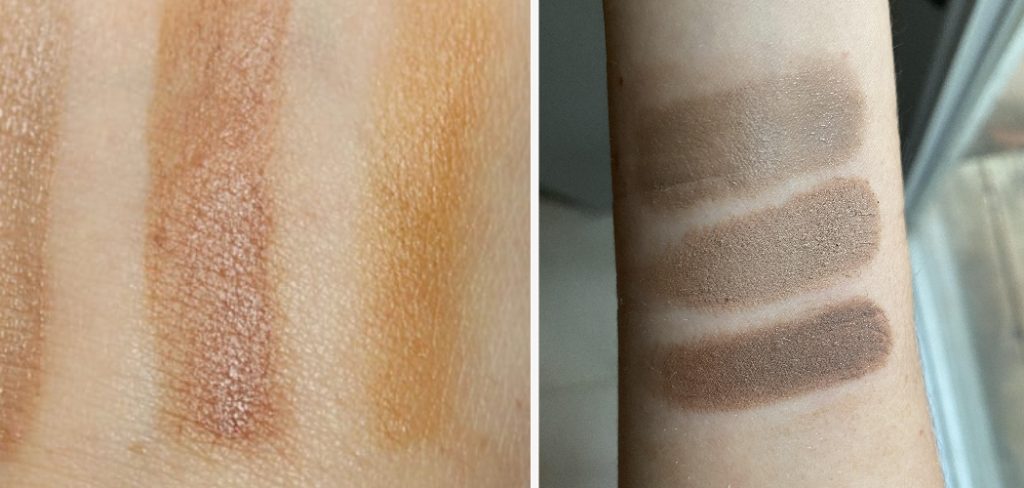
Why is It Important to Choose a Contour Shade for Fair Skin?
1 . To Enhance Your Natural Features
Choosing the right contour shade for fair skin can help enhance your natural features. By using a shade that complements your skin tone, you can accentuate your cheekbones, jawline and other facial contours, giving you a more defined and sculpted look.
2 . To Create Dimension
Fair skin often lacks dimension, making the face appear flat and one-dimensional. Contouring with the right shade can add depth to your complexion, creating a more three-dimensional look. This can make your features appear more prominent and give you a more youthful appearance.
3 . To Avoid an Unnatural Look
Using the wrong contour shade for fair skin can result in an unnatural or “muddy” look. This is because shades that are too dark can look harsh against fair skin, making it obvious that you have contoured. Choosing the right shade can help you achieve a more subtle and natural-looking contour.
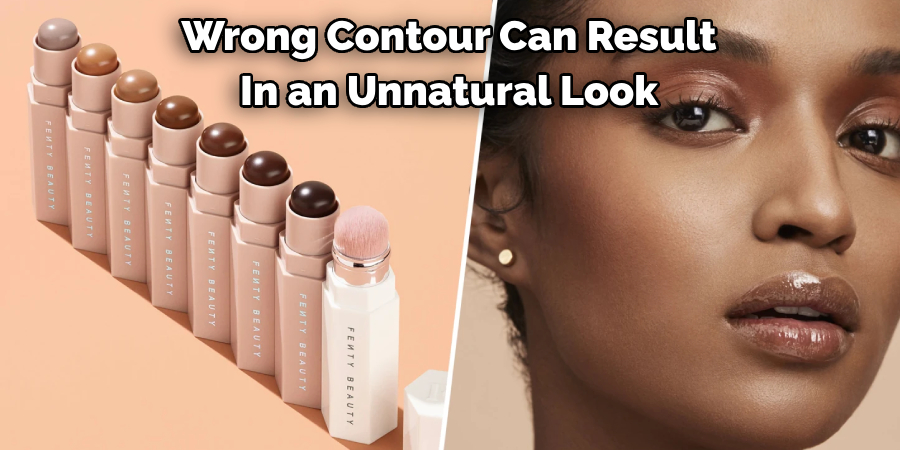
4 . To Match Your Foundation
When choosing a contour shade for fair skin, it’s essential to consider your foundation shade. Using a contour shade that is drastically different from your foundation can create an uneven and unbalanced look. Aim to choose a contour shade that is just one or two shades darker than your foundation for the most natural effect.
5 . To Complement Your Undertones
Fair skin can have various undertones, such as cool, warm, or neutral. It’s essential to consider your undertone when choosing a contour shade as using the wrong undertone can create a mismatched look. For example, if you have cool undertones, opt for a contour shade with a cool or ashy tone, while warm undertones should go for shades with warmer tones.
6 . To Adjust for Different Lighting
Different lighting can affect how your makeup looks on your skin. When choosing a contour shade, consider where you will be wearing it and adjust accordingly. If you’ll mainly be in natural light, choose a shade that looks flattering in that lighting. Similarly, if you’ll be spending time indoors with artificial lighting, choose a contour shade that looks good in that setting.
7 . To Match Your Desired Intensity
Contouring is not a one-size-fits-all technique. Some people prefer a subtle and natural contour, while others opt for a more intense and dramatic look. When choosing a contour shade for fair skin, consider the level of intensity you want to achieve and choose a shade that is appropriate for that.
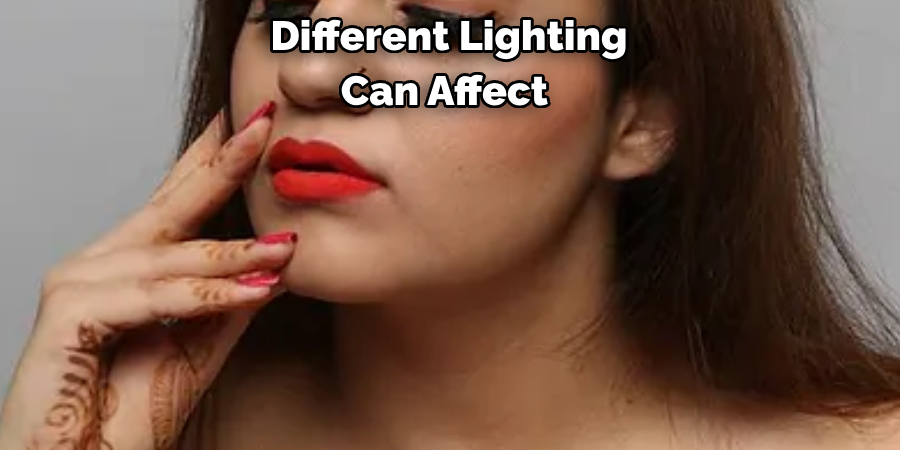
12 Tips on How to Choose Contour Shade for Fair Skin
1 . Understand Your Skin Tone
Before you even think about choosing a contour shade, it’s important to understand your skin tone. Fair skin tones typically have pink or peach undertones, so it’s important to keep this in mind when selecting a contour shade.
2. Know What You Want To Achieve
Do you want a more defined jawline? A more chiseled cheekbone? Knowing what you want to achieve with your contouring will help guide you in choosing the right shade.
3. Consider Your Natural Shadows
Take a look at the natural shadows on your face and use that as a starting point for selecting a contour shade. This will help ensure that the contour shade mimics your natural shadows for a more natural and seamless look.
4. Stick to Matte Shades
Matte shades are best for contouring as they create the illusion of shadows without any added shimmer or shine. This is especially important for fair skin as shimmery shades can often look too harsh and unnatural.
5. Avoid Shades That Are Too Dark
When it comes to choosing a contour shade for fair skin, less is more. It’s important to avoid shades that are too dark as they can easily make your makeup look muddy and unnatural.
6. Consider Cream or Powder Formulas
For fair skin, cream formulas tend to blend more seamlessly and give a more natural finish. However, if you prefer a powder formula, just be sure to use a light hand and blend well to avoid any harsh lines.
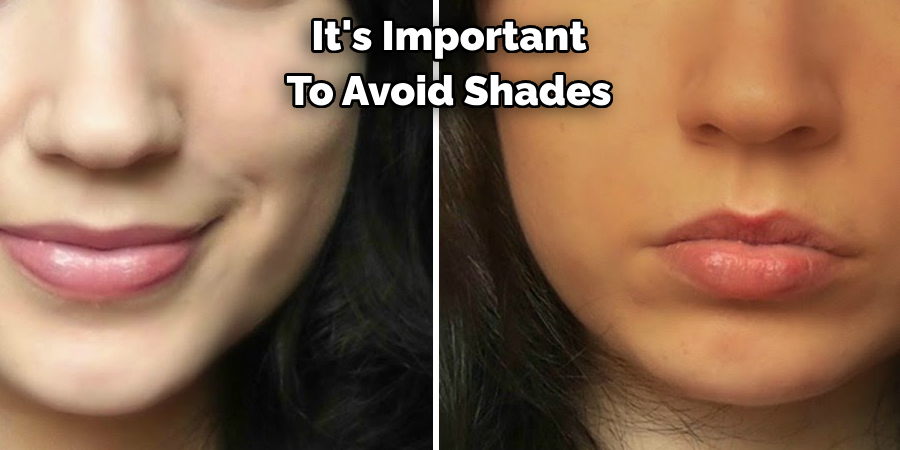
7. Test Before You Buy
The best way to find the perfect contour shade for your fair skin is to test it out before you buy. Swatch shades on your jawline or cheekbone and see how they blend with your natural skin tone. Also, be sure to test it in natural light for the most accurate results.
8. Opt for a Neutral or Cool-Toned Shade
When looking for a contour shade for fair skin, opt for a neutral or cool-toned shade rather than warm tones. This will help create a more natural shadow effect and avoid any orange or bronzey tones that may look unnatural on fair skin.
9. Don’t Forget to Blend
Blending is key when it comes to achieving a natural and seamless contour. Use a blending brush or damp beauty sponge to blend out any harsh lines and make sure the contour shade seamlessly blends into your natural skin tone.
10. Consider Your Face Shape
Different face shapes may require different contouring techniques. For example, if you have a round face, you may want to focus on contouring your jawline and temples, while someone with a square face shape may focus on slimming down the forehead and jawline.
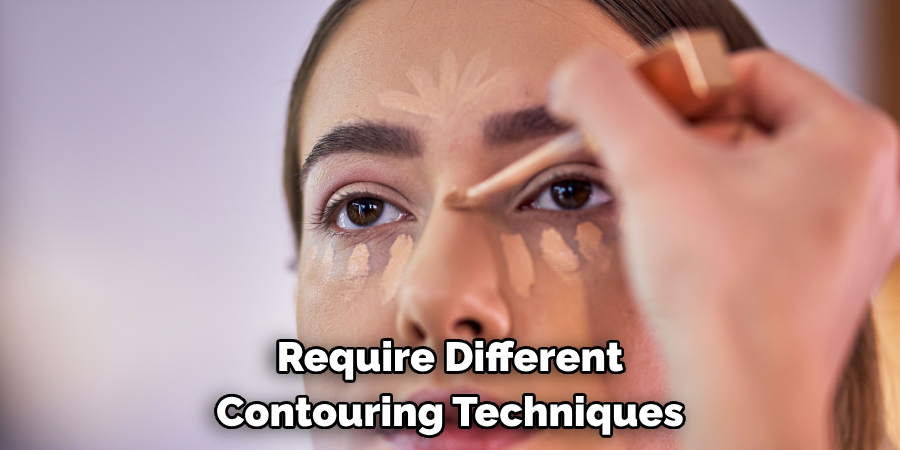
11. Pay Attention to Your Highlighter
Contouring is all about creating shadows, but it’s important not to forget about highlighting. Using a highlighting product on the high points of your face, such as your cheekbones and the bridge of your nose, will help balance out the contour and add dimension to your overall look.
12. Practice Makes Perfect
Contouring can be tricky, especially for those with fair skin. It may take some practice to find the perfect shade and technique for your unique features. Be patient and don’t be afraid to experiment until you find what works best for you. Remember, practice makes perfect!
Frequently Asked Questions
What Precautions Should I Take When Choosing a Contour Shade for Fair Skin?
When choosing a contour shade for fair skin, you should consider factors such as undertones, formula, and application techniques. It is important to understand your skin’s undertones – cool, warm, or neutral – as this will help determine the most suitable contour shade for you. Additionally, opt for a cream or liquid formula for a natural and seamless look on fair skin. Lastly, when applying your contour shade, use light and precise strokes to avoid harsh lines.
Are There Any Contour Shades That are Universally Flattering for Fair Skin?
While certain shades may work better for different skin tones, there are some contour shades that tend to be universally flattering on fair skin. These include cool-toned taupe shades, which create a natural shadow effect on pale skin without looking too dark or muddy. Another option is to choose a contour shade that is one to two shades darker than your natural skin tone for a subtle yet effective look.
Can I Use Bronzer as a Contour Shade on Fair Skin?
While bronzers may seem like a convenient alternative to a contour shade, it is important to note that they serve different purposes. Bronzer is typically used to add warmth and a sun-kissed glow to the skin, while contour shades are used to create shadows and definition. On fair skin, using bronzer as a contour shade can often result in an unnatural and orange-toned look. Also, bronzers tend to have a warmer undertone, which may not be suitable for cool-toned fair skin.
How Can I Ensure my Contour Shade Blends Well with my Fair Skin?
To ensure your contour shade blends well with your fair skin, it is important to take the time to properly blend and diffuse the product. Start by using a small amount of product and building up as needed, rather than applying too much at once. Additionally, use a damp beauty sponge or blending brush to seamlessly blend out any harsh lines or edges for a natural finish.
Can I Wear Contour Shade on its Own, Without Any Other Makeup?
While contour shade is typically used to enhance and define other makeup looks, it can also be worn on its own for a subtle yet sculpted look. Simply apply a small amount of product to the hollows of your cheeks, temples, and jawline, and blend out well for a natural contour. This is a great option for minimal or ‘no makeup’ makeup days. Overall, when choosing a contour shade for fair skin, remember to consider undertones, formula, and application techniques to achieve the most flattering and natural-looking result. With the right shade and technique, contouring can be a great addition to your makeup routine for fair skin.
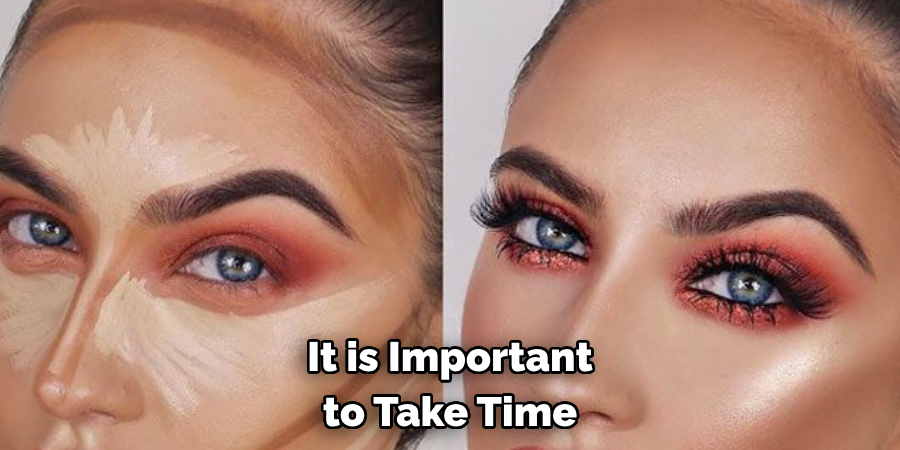
Conclusion
Overall, it is important to take time and consideration when choosing a contour shade for your fair complexion. When selecting the correct color pallet for your face, make sure to examine your features and keep in mind which parts of your face you are trying to emphasize and downplay. Additionally, avoid colors that contain ash tones which will not pair well with light skin.
Now you know how to choose contour shade for fair skin! Finally, don’t be afraid to experiment with different makeup shades as this is an opportunity to find a look that puts forth your best features! If you feel unsure about any particular shade, step away from it until you have had more time to explore and select the ideal one. So go ahead and use these tips – and break out the contouring palette – in order to create a beautiful look that suits your needs!
About the Author
Jane Hubbard is a passionate beauty expert with a wealth of experience in makeup, hair, and overall beauty techniques. After years of working as a hairdresser specialist, she followed her entrepreneurial spirit and started her own consultancy business.
Jane has always been driven by her desire to help others feel confident in their own skin, and she does this by sharing her knowledge, experiences, and practical beauty tips. Through her consultancy, she empowers individuals to embrace their unique beauty, offering tailored guidance that boosts both self-esteem and personal style.
Professional Focus
- Specializes in makeup, hairstyling, and beauty consulting.
- Provides personalized beauty advice, tips, and techniques to help individuals feel confident in their appearance.
- Dedicated to staying up-to-date with the latest industry trends and developments.
- Passionate about creating a comfortable and empowering experience for every client.
Education History
- University of Craft and Design – Bachelor of Fine Arts (BFA) in Woodworking and Furniture Design
- Woodworking Apprenticeships – Extensive hands-on training with skilled craftsmen to refine carpentry and furniture making techniques
- Online Courses & Masterclasses – Continued education in advanced woodworking techniques, design principles, and specialized tools
Expertise:
- Makeup artistry, hairstyling, and beauty consulting.
- Personalized beauty techniques to enhance confidence and self-expression.
- Educating clients on how to maintain their beauty routines at home.
